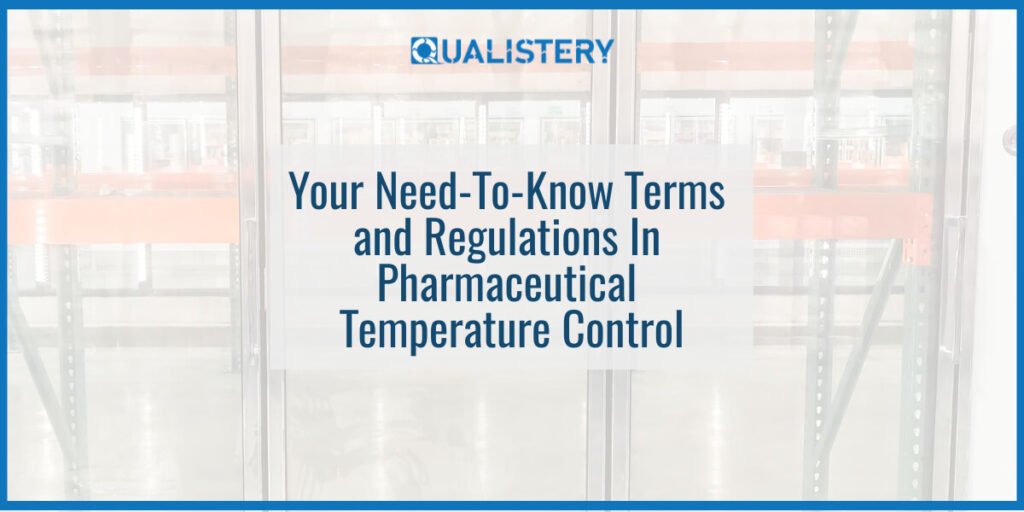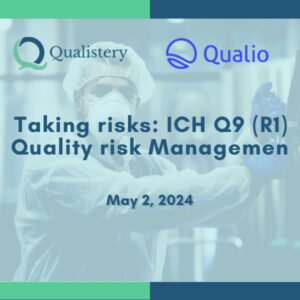Ambient, room temperature, and cold chain– these terms we often see on labels and packaging, but what do they mean? These undefined terms are commonly used in the manufacturing process of regulated drugs. Several meanings are given to these three terms, meaning their use through manufacturing processes could lead to different outcomes. This article will discuss the definitions and regulations between these three terms related to drug manufacturing.
Ambient temperature
Ambient temperature is the temperature of the air around us; it is the temperature comfortable for humans, typically between 18-24°C. Ambient products have a longer shelf life and do not require special storage conditions. However, ambient temperature can be difficult to control and may fluctuate depending on the time of day or season. Environmental Protection Agency (EPA) regulates ambient temperature. Ambient temperature regulation helps to protect the environment and conserve energy.
Room temperature
Room temperature is defined as a temperature between 20°C and 25°C. Room temperature products must be stored at a temperature no lower than 10°C but can be up to 25°C. Room temperature products can be stored at a lower temperature, saving energy costs. One challenge of maintaining room temperature is that it is affected by the number of people in the room, the type of activities being conducted, and the weather outside. Occupational Safety and Health Administration (OSHA) regulates room temperature. Room temperature regulation helps to ensure the safety and comfort of workers.
Cold chain
A cold chain is defined as “a temperature-controlled supply chain. Cold chain refers to a temperature range of 0-10°C, necessary for some perishable goods such as food and pharmaceuticals. Compliance with cold chain regulations can prevent foodborne illness. Cold chain compliance requires careful planning and coordination and can be disrupted by changes in temperature or other factors. The Food and Drug Administration (FDA) regulates the cold chain. Cold chain regulation helps to ensure the quality and safety of perishable goods.
Final Words
In conclusion, knowing each term’s definition and regulation is important. Compliance with regulations can be challenging, but despite the challenges, compliance with these regulations offers important benefits.








